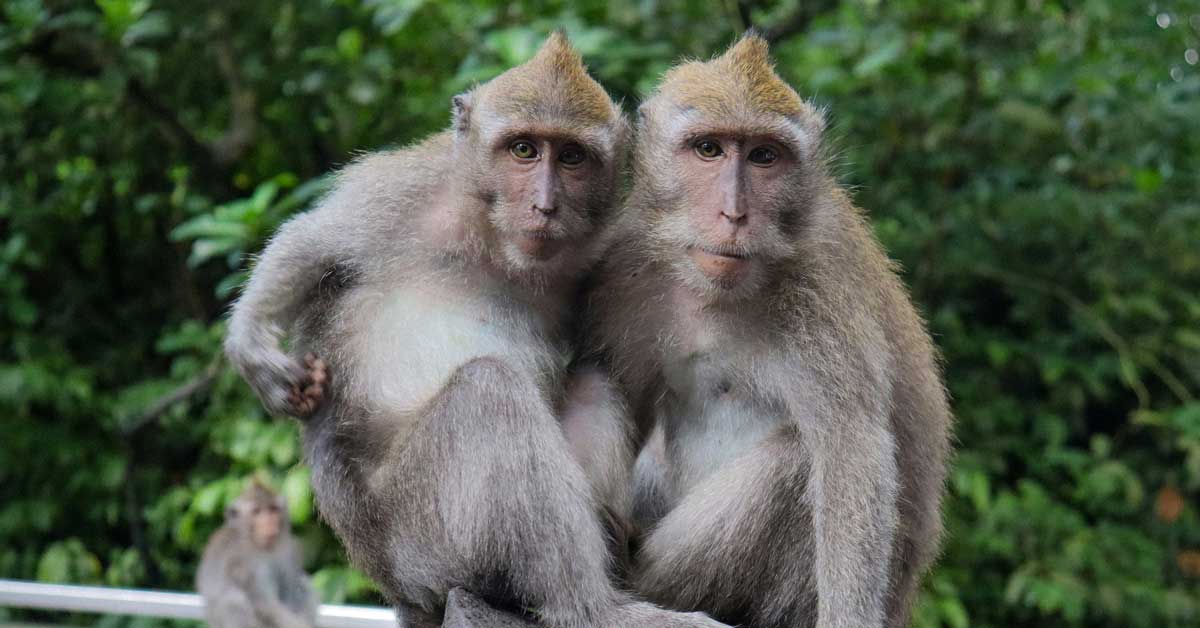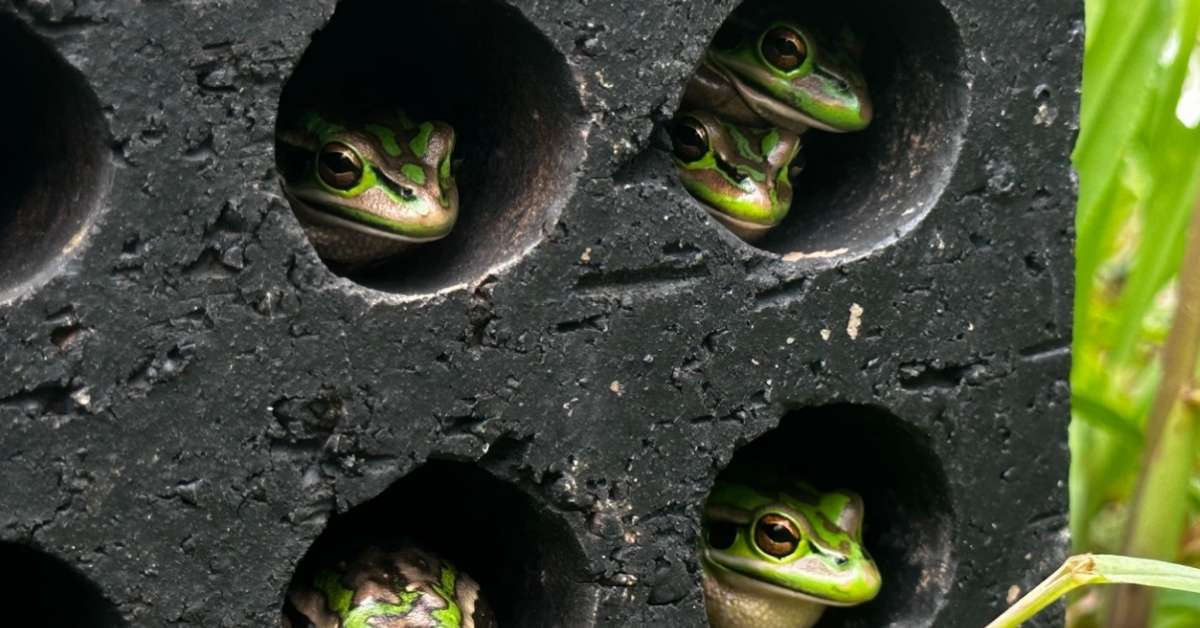An ancient mammal species that first evolved 200 million years ago — when dinosaurs roamed the Earth — still exists today, and scientists finally have proof.
The animal — named “Attenborough’s long-beaked echidna” — was finally spotted on camera, thanks to the hard work of researchers. The findings were shared by Oxford University researchers this week.
The discovery has captured the world’s attention — prompting news articles, social media posts, and celebrations by conservationists. Here’s what all the excitement is about:
What to know about Attenborough’s long-beaked echidna:
1. Cameras captured footage of the animal this past summer.
During a harrowing month-long expedition in Indonesia’s Cyclops Mountains this past summer, a 25-person team of researchers set out to find Attenborough’s long-beaked echidna.
The multi-national team set up over 80 remote trail cameras in an attempt to capture a rare glimpse of the creature. On the final day of the expedition — in the very last frames of their last memory card — the team caught the echidna on camera.
“The first feeling was one of great relief, because we had tried so hard and thought they were there, but we needed concrete evidence for the scientific proof,” team leader Dr. James Kempton told NBC News. “That was followed by extreme euphoria.”
2. The echidna hasn’t been seen in 62 years.
Attenborough’s long-beaked echidna — named after British broadcaster and “Planet Earth” narrator Sir David Attenborough — hasn’t been spotted since 1961.
For decades, the only proof that the creature existed could be found in the Treasure Room of Naturalis in the Natural History Museum of the Netherlands.
When the specimen was first gathered by Dutch botanist Peter van Royen, it was thought to be a juvenile of another echidna species. In 1998, X-rays revealed that it was a fully grown and distinct mammal, and it was then re-named after Attenborough.
3. It’s a rare mammal that can lay eggs.
Kempton, who is a biologist from the University of Oxford, described Attenborough’s long-beaked echidna as having “the spines of a hedgehog, the snout of an anteater, and the feet of a mole.”
Kempton explained that echidnas are edge species that are evolutionarily distinct.

“The reason it appears so unlike other mammals is because it is a member of the monotremes—an egg-laying group that separated from the rest of the mammal tree-of-life about 200 million years ago,” Kempton explained.
Only five mammal species in the world have the ability to lay eggs: the duck-billed platypus, the western long-beaked echidna, the eastern long-beaked echidna, the short-beaked echidna, and Attenborough’s long-beaked echidna.
4. The echidna is still critically endangered.
Attenborough’s long-beaked echidna has never been recorded outside of the Cyclops Mountains of Indonesia. Unfortunately, the mountain range is still subject to illegal hunting.
Currently, the echidna is on the International Union for the Conservation of Nature’s Red List of Threatened Species. Kempton said that the echidna’s critically endangered status is not likely to change for some time because it is not protected under Indonesian law.
5. Another sighting could be years in the future.
Although the rediscovery of Attenborough’s long-beaked echidna is a win for the scientific community, it may be a long time before another sighting occurs.
Echidnas, in general, are difficult to find and track, because they are shy, nocturnal creatures that live in burrows underground.
“The discovery is the result of a lot of hard work and over three and a half years of planning,” Kempton said. “A key reason why we succeeded is because, with the help of YAPPENDA, we have spent years building a relationship with the community of Yongsu Sapari, a village on the north coast of the Cyclops Mountains.
6. The echidna’s namesake is thrilled.
Attenborough’s long-beaked echidna was long thought to be extinct, and its namesake could not be happier to hear that it still exists.
In an interview with the BBC, Kempton said that as soon as he returned home from his expedition, he sent a letter to Sir David Attenborough about the rediscovery.
In correspondence back, Attenborough said he was “absolutely delighted.”
Header photo courtesy of David Attenborough/Twitter and Expedition Cyclops





